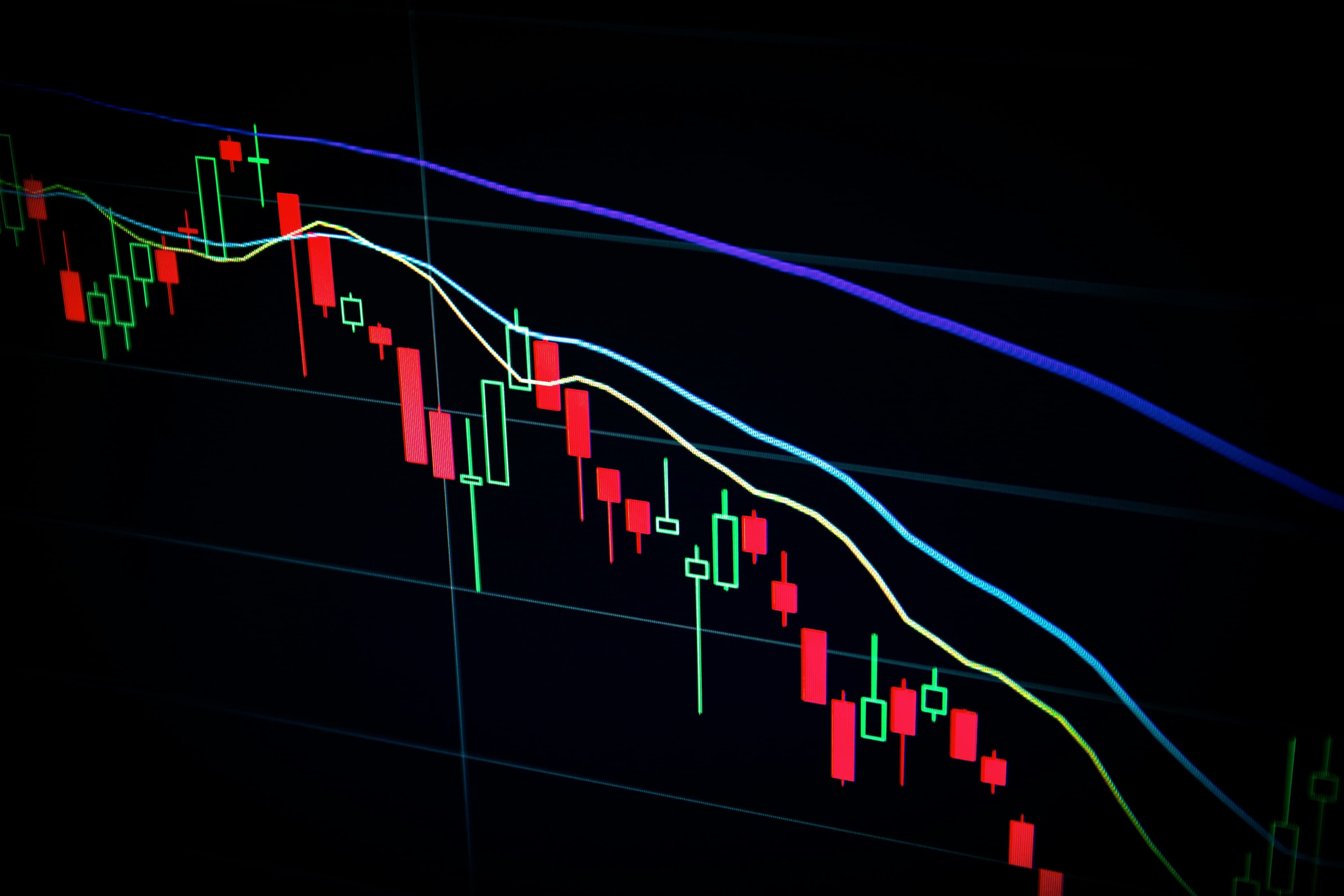How Short Selling Works
If you followed the markets back in 2021, you probably remember the incredible GameStop saga. Millions of retail investors bought up shares, hedge funds scrambled, and a stock most people thought was headed for bankruptcy shot up hundreds of percent in just days. At the center of that story was a practice called short selling—a high-risk strategy that can turn into financial disaster almost overnight.
Today I want to break down how shorting the market works, why it can create both chaos and opportunity, and why you don’t need to short to succeed as a Rule #1 investor.
The GameStop Short Squeeze Case Study
Let’s start with the basics. Short selling happens when an investor borrows shares of a stock and sells them, hoping the price will fall. Later, they buy those shares back at the lower price, return them to the lender, and pocket the difference.
That works fine until it doesn’t.
In the case of GameStop, hedge funds shorted the stock heavily, betting it would go lower. But a group of retail traders noticed the extreme number of shares shorted. They started buying—and then kept buying. Pretty soon, there weren’t enough shares left to borrow. The price skyrocketed from $40 to $100, then $150, and even $200 and beyond.
For the short sellers, it was catastrophic. Imagine selling a stock at $40, only to be forced to buy it back at $200 just to close out your position. That’s a $160 loss per share. And when you’re shorting millions of shares, those numbers quickly turn into billions in losses.
Behind the scenes, brokers and regulators scrambled. Platforms like Robinhood had to raise billions overnight just to cover the margin requirements that came with those skyrocketing share prices. In the end, they restricted trading, sparking outrage and conspiracy theories. But the truth was more simple: the system wasn’t prepared for that kind of pressure.
How Short Selling Works (and Why It’s So Risky)
The mechanics of shorting sound simple, but the risk is extraordinary. When you buy a stock the traditional way, the most you can lose is the amount you put in. If you invest $1,000, the stock could drop to zero, and you’d lose $1,000—painful, but limited.
Shorting flips that equation on its head. Theoretically, a stock’s price can rise infinitely. That means your losses on a short position are also infinite. Short squeezes, like we saw with GameStop, are what make shorting a dangerous game for most investors.
Even if you think a company is headed down, you can get wiped out if the price rises unexpectedly. Brokers will call in your collateral, and if you can’t cover, they’ll close your position for you—at a loss.
That’s why I tell Rule #1 investors: short selling is speculation, not investing.
When Shorting Turns Dangerous for the Whole Market
While GameStop captured headlines, it wasn’t the first time shorting and leverage caused chaos. Back in 2008, the financial crisis was fueled in part by complex financial products—derivatives and synthetic insurance—that essentially gave investors claims to things that didn’t really exist.
When too many people bet against reality, the system cracks. Regulators, no matter how smart, often don’t anticipate the risks until they’ve already exploded. It’s like driving a race car—you don’t always know the limits until you spin out.
Short selling, when pushed to extremes, can act like a financial nuclear weapon. It’s powerful, but also destructive if mishandled.
Rule #1 Options Trading Guide
Learn the Fundamentals of Stock Options - The Rule #1 Way
Why Short Selling Is Still Important
Now, you might be wondering: if shorting is so dangerous, why is it allowed at all? The answer is balance.
Think of the stock market like an ecosystem. In the wild, elk herds thrive when wolves are present. The wolves keep the herd strong by hunting the weak and diseased, which ultimately keeps the ecosystem healthier.
Short sellers play a similar role in the market. They go after frauds, scams, and overhyped companies that don’t deserve their valuations. By exposing weaknesses, they help prevent bubbles and protect other investors.
Without short sellers, markets would be nothing but unchecked optimism. Companies could lie, inflate their numbers, and get away with it far longer. Short sellers keep them honest.
What This Means for Rule #1 Investors
As Rule #1 investors, we don’t need to short. That’s not our game. Instead, we focus on buying wonderful companies at attractive prices and holding them for the long term. That’s how we create lasting wealth without exposing ourselves to catastrophic risks.
But understanding short selling matters. When you see extreme volatility in the market, or when the headlines talk about a “short squeeze,” you’ll know what’s happening and why. Sometimes, these moments even create opportunities to buy wonderful businesses at a discount while the rest of Wall Street is distracted.
The bottom line is this: short sellers may be necessary for the market ecosystem, but Rule #1 investors thrive by staying long on great businesses, not betting against them.
Call to Action
If you want to dive deeper into how markets work and learn how to build wealth without taking on unnecessary risk, I invite you to join me for my 3-Day Rule #1 Investing Workshop. It’s designed to give you the confidence and strategies you need to invest safely and retire rich.
Attend a Rule #1 Workshop
Learn how to conduct research, choose the right companies for you, and determine the best time to buy.

